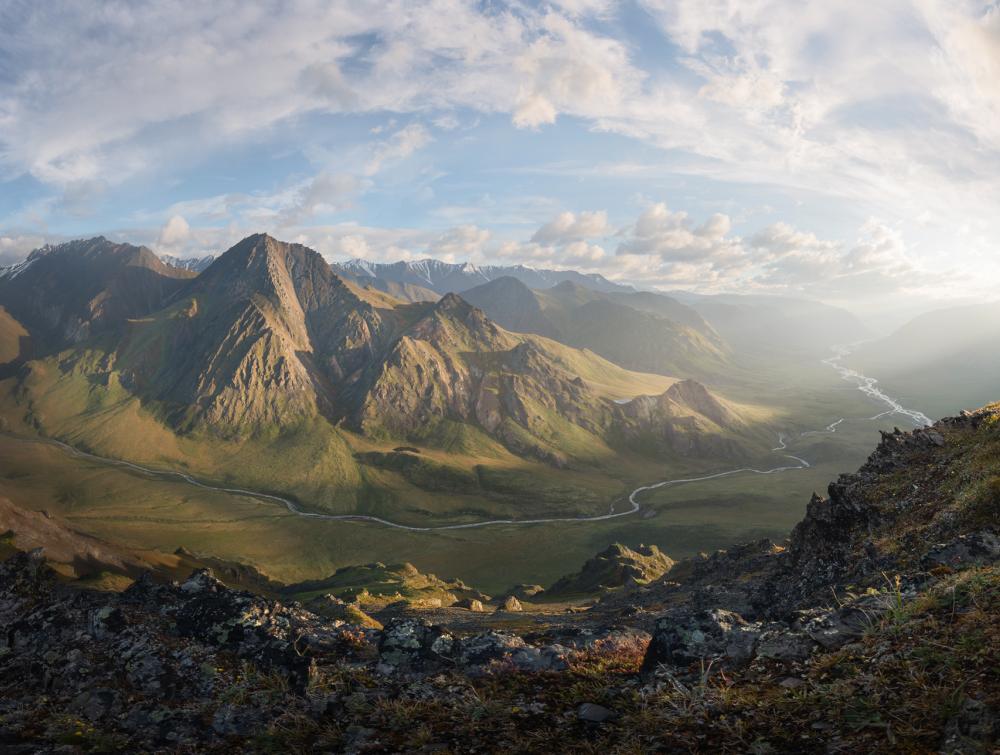Destructive seismic work proposed for Arctic Refuge

Arctic National Wildlife Refuge, Alaska
Mason Cummings, TWS
BLM releases application listing company facing criminal charges as contractor
The federal Bureau of Land Management today released a permit application for high resolution 3-D seismic operations on the coastal plain of the Arctic National Wildlife Refuge, saying it will allow the public only two weeks to comment on the environmentally damaging project.
The application was submitted by Kaktovik Inupiat Corporation with SAExploration listed as the contractor that will conduct the seismic work. SAExploration is a Houston-based company charged earlier this month by the Securities and Exchange Commission with accounting fraud that concealed the theft of millions of dollars and falsely inflated the company’s value.
If the application proceeds, BLM’s assessment of it could be one of the first to fall under new federal regulations that allow government agencies to streamline review processes required under the National Environmental Policy Act. Advocates say the new NEPA regulations have limited analysis and gutted the ability of the public and scientists to raise their concerns before a seismic truck or drilling rig begins operations. Given the potential for permanent damage to the sensitive coastal plain if oil development were to occur, they argue the stakes are too high for the Arctic Refuge to be used as a test case.
In response, The Wilderness Society issued the following statement from Arctic Program Director Lois Epstein, who is a licensed engineer:
“The submission of this application and BLM’s choice to act on it so close to the election shows how desperate the administration is to turn over one of the nation’s most sensitive landscapes to the oil industry. The federal government is recklessly rushing and irresponsibly denying the public adequate time to assess the application and submit comments. The public, particularly Indigenous communities that would be most impacted, have a right to raise their concerns and engage in this process.
“This type of work means snow roads, massive vehicles, fuel transport and storage, loud noises and ground vibrations, and dragging camp facilities across tundra with no assurance of adequate snow cover across the entire route,” Epstein added. “One only needs to look at ecological damage that is still visible from seismic work done in this region in the 1980s to see how destructive it can be.”
###
The Wilderness Society is the leading conservation organization working to protect wilderness and inspire people to care for our wild places. Founded in 1935, and now with more than one million members and supporters, The Wilderness Society has led the effort to permanently protect 111 million acres of wilderness and to ensure sound management of our shared national lands. www.wilderness.org.
